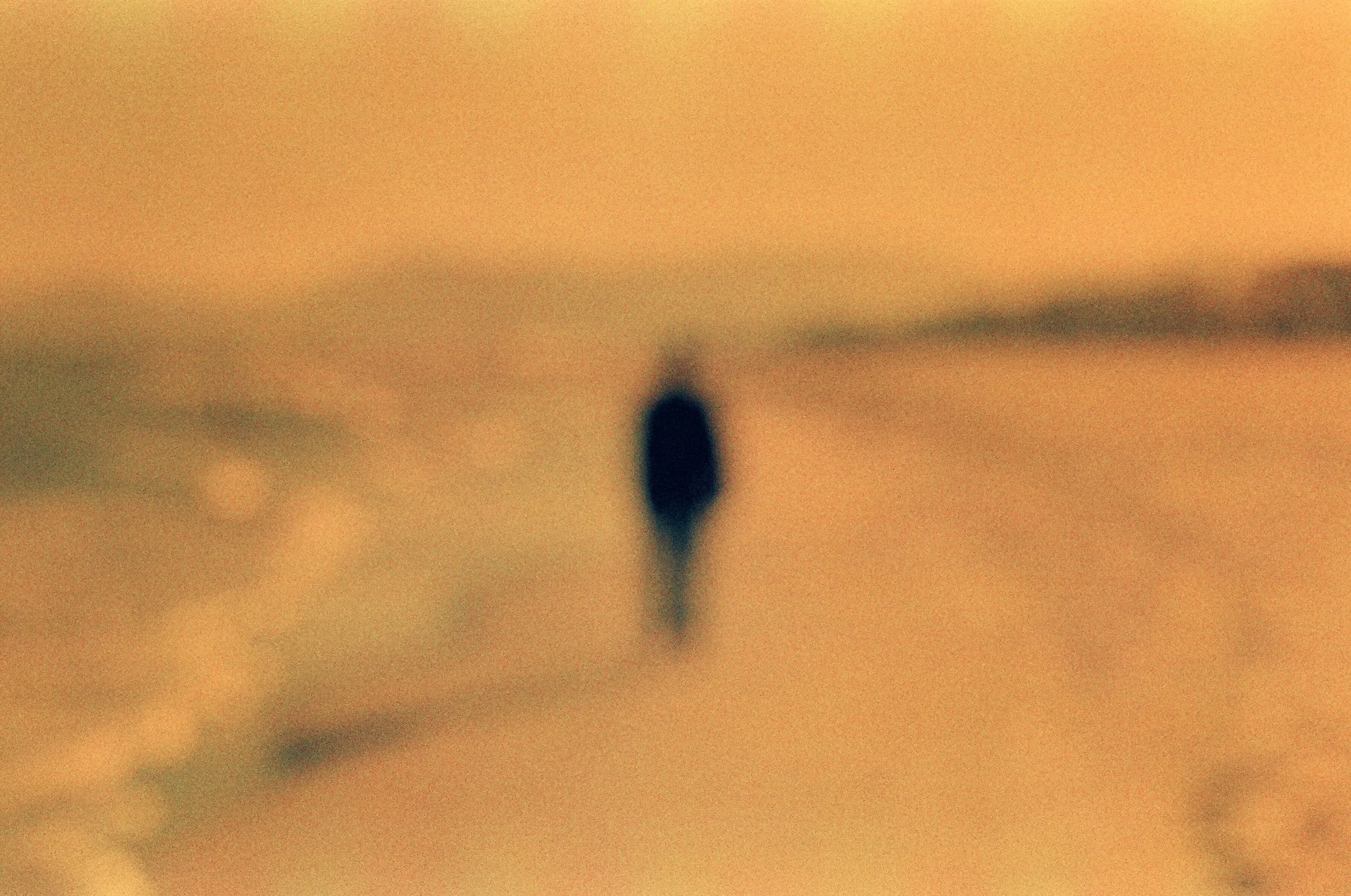Ephemera
“When I was a kid,” writes Moscow-born photographer Sergey Neamoscou, “my favorite pastime was looking through my dad’s photo albums. There were photos from his youth, his military service… Even today, I still love looking through people’s photo albums, but I always dread those last few pages, not because it’s over, no―because they are always empty.”
If there is one word best used to describe Neamoscou’s photos, it is perhaps the word ephemeral. His use of long exposure, coupled with bursts of color, beckons the viewer’s eye towards the subject. We try to focus on identifying that proverbial decisive moment, to borrow from the language of Henri-Cartier Bresson, but ultimately we are left wondering if such a moment has ever existed. Neamoscou’s photos raise the question of how much one truly engages with the world around them. Faces are obscured, or backs are turned away from us. Is there not a sense of lament which informs such work? We are always searching for something that is, in its truest form, an abstraction. In this sense, his photography reflects the human condition―overwhelming, at times disorienting, but it remains, in spite of the more harrowing moments, vibrant and beautiful. This realization does not deter us from reaching for the camera, but rather, compels it.
To take a photograph is more than just aiming the camera and pressing the shutter-release button: it requires discipline. With 3,000 rolls of film at his disposal, Sergey Neamoscou’s work as a photographer began. One cannot help but notice how the greats like Saul Leiter, Ernst Haas and Nan Goldin guide him. The journey always picks up with one where it ended with another―and there will always be stories left for us to tell.
View the full series here.









